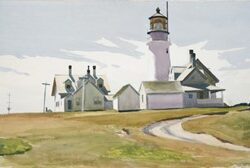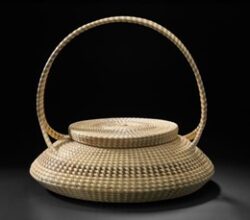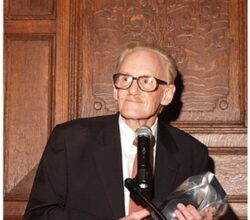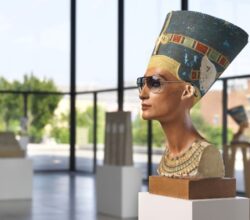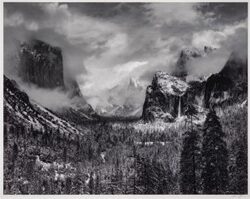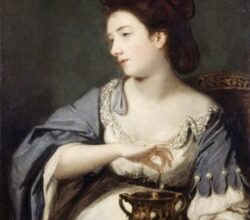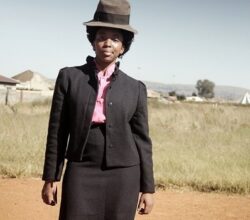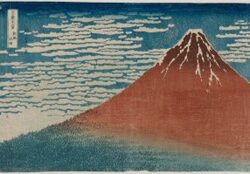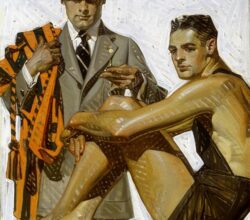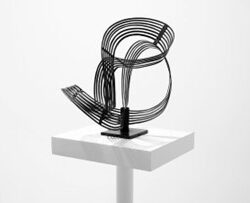
Measuring Infinity, at the Guggenheim, presents drawings, collages, and sculptures from architect-turned-artist Gertrud Goldschmidt
Angie Door | The Architects Newspaper | 27th June 2023
Gego was long in transition – from pre-war Germany to Venezuela, from architecture to art, from painting to her métier, delicate, abstract wire sculptures. It was worth the wait. These works articulate “the tensions and irregularities of organic form”. Some are small and, hung from a wall, resemble “drawings in space”. This is “magical, slippery engineering”, distinctive and infinitely varied. Says one critic “some of the most radically beautiful sculpture of the second half of the 20th century”.

